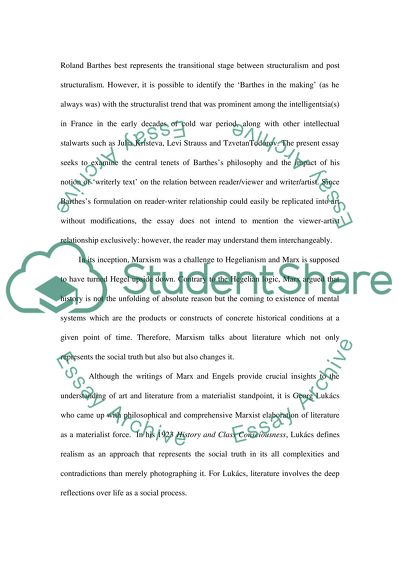Cite this document
(“What is literature and how should one read it Essay”, n.d.)
What is literature and how should one read it Essay. Retrieved from https://studentshare.org/literature/1513981-what-is-literature-and-how-should-one-read-it
What is literature and how should one read it Essay. Retrieved from https://studentshare.org/literature/1513981-what-is-literature-and-how-should-one-read-it
(What Is Literature and How Should One Read It Essay)
What Is Literature and How Should One Read It Essay. https://studentshare.org/literature/1513981-what-is-literature-and-how-should-one-read-it.
What Is Literature and How Should One Read It Essay. https://studentshare.org/literature/1513981-what-is-literature-and-how-should-one-read-it.
“What Is Literature and How Should One Read It Essay”, n.d. https://studentshare.org/literature/1513981-what-is-literature-and-how-should-one-read-it.


